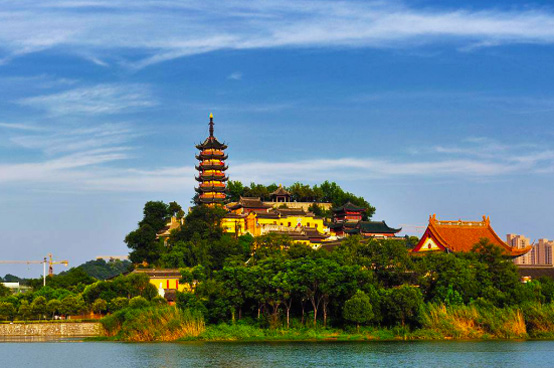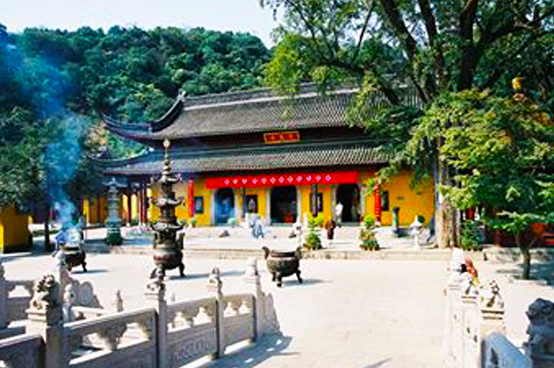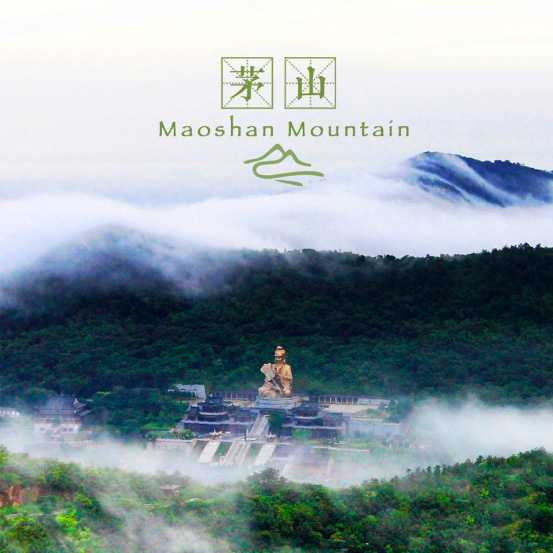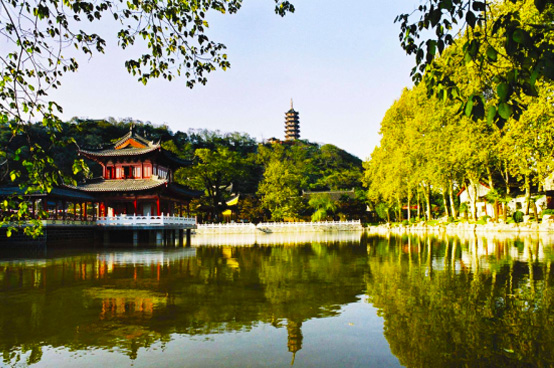
Jinshan Temple (金山寺) of Zhenjiang is located in Jinshan park – a famous scenic spot on the west of Zhenjiang City. This place is rich with legends and myths, and one of the most popular amongst people is the legend of The White Snake – a romantic story about a man and a snake, who were once separated by master Fahai. Temple walls are painted yellow, which means this was a royal temple in ancient China, while Jin Shan means ’gold mountain’. Apart from the splendid and magnificent temple space, there are many more cultural treasures whitin Jinshan Scenic Resort and it takes around 2-3 hours to go around and visit everything.
Address: No.62 Jinshan Road, Runzhou District, Zhenjiang
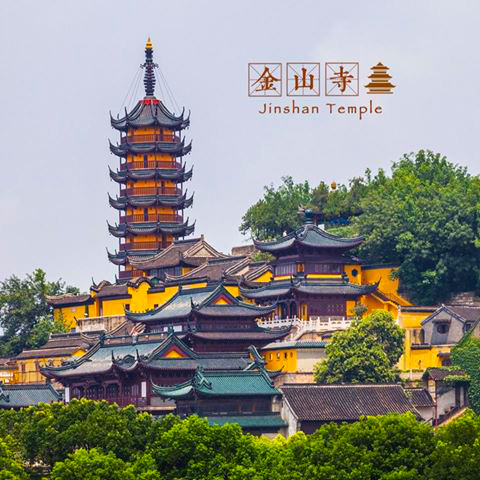
Escape the summer heat and head to the mountains! Hiking on Maoshan mountains in Zhenjiang is not only about nature, it is a pilgrimage to the holy mountain of Taoism. It is said that the mountains represent a dragon, with a temple for prayers on the highest peak and Lao Tze statue in the end of the dragon’s body. Buy a couple of temple papers when you reach the top, make a wish and burn the paper to your wish come true! If you are not able to hike or you’re just feeling lazy, there are also shuttle vans taking visitors to different parts of the mountain.
Address: Maoshan Town, Jurong 212400, China
While walking towards the south of downtown in Zhenjiang, a fairy park will appear right in front of your eyes! Mountain Nanshan Scenic Resort is a great place for escaping the traffic and noise, since it’s located near the city, but you will still feel tucked in the heavy green woods and bamboos.Throughout six dynasties long history, ancient scholars lived here and left precious archaeological traces for next generations to reveal. A famous artist Mi Fu described this place as a city of mountains and forests and the whole scenic resort resembles a painting.
Address: Runzhou District, Zhenjiang 212000, China
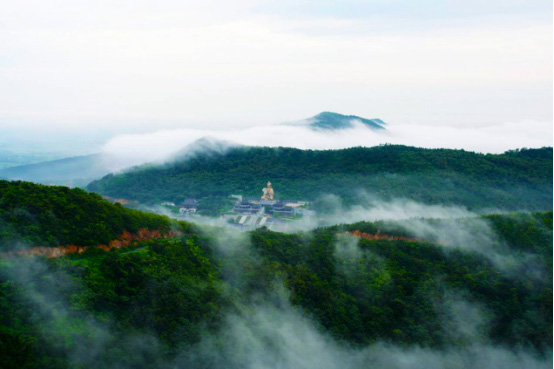
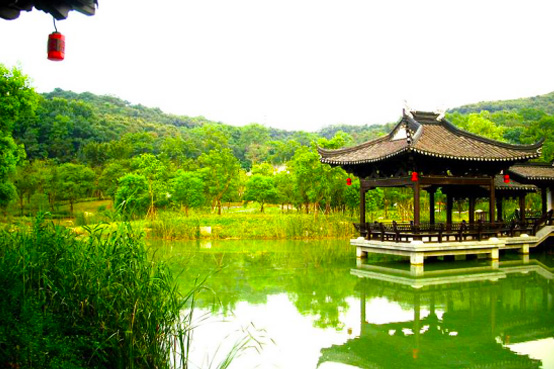
When it comes to food, Zhenjiang keeps the local specialty and adds in some unique food of other places. Zhenjiang cuisine has the famous “three fishes, there odds” - three fishes of Yangtze River called hilsa herrings, long-tailed anchovy and channel catfish; three odds are the Salted Pork, spiced vinegar and Pot Noodles. It represents an important part of Huaiyang cuisine, which is widely seen as the most popular and renowned style of Jiangsu cuisine – to a point where it is considered to be among one of the Four Great Traditions that dominate the culinary heritage of China.
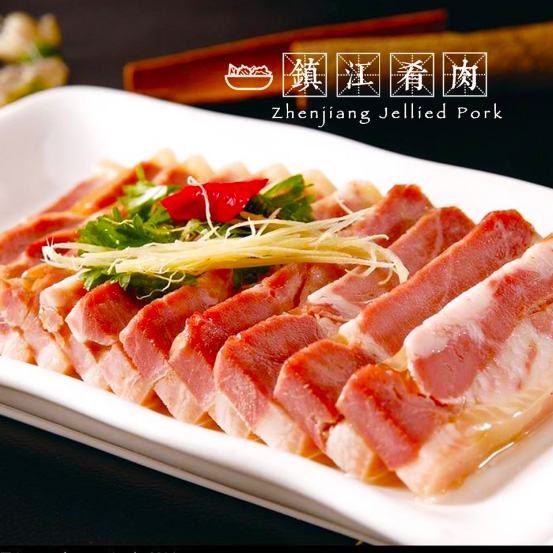
镇江醋博物馆
If you have eaten authentic Chinese food, then you know vinegar is a common sauce! You might add a bit of vinegar to soy sauce to dip dumplings in for that perfect hint of sour taste. For those of you on the quest for the best vinegar look no farther than Zhenjiang city! Zhenjiang is famous for its locally made traditional vinegar (镇江醋). Four of Zhenjiang’s vinegars take the crown for their unique taste based on color, acid, alcohol, and strong flavor. A drop of Zhenjiang vinegar will add a fresh sour, fragrant with a hint of sweet, non-astringent flavor to each bite! You can learn more at the China Zhenjiang Vinegar Culture Museum.
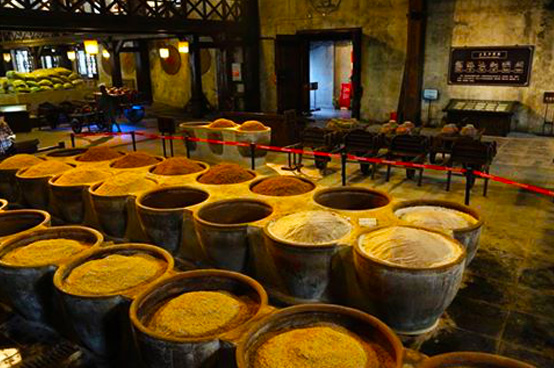
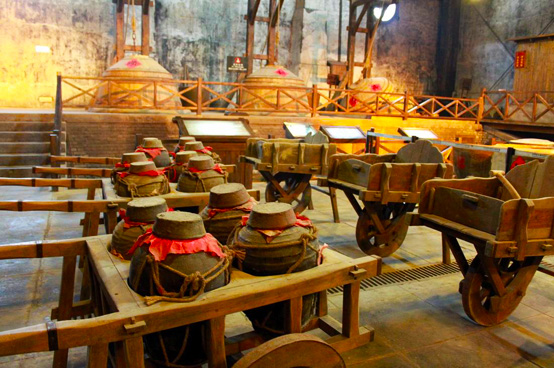
Jiao Hill (焦山) or “Hill of Calligraphy” in Zhenjiang, Jiangsu is famous for its abundant steles and stone inscriptions. It also features temples and pavilions from the Ming Dynasty that fit so seamlessly on the hill that they appear to be a natural addition. Visitors can find over 400 inscriptions from past dynasties at the Forest of Steles and visit Wanfo Tower, which stands 138 ft tall and acts as a beacon for ferrying boats
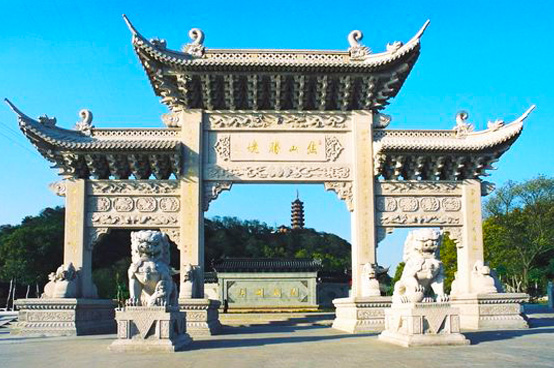
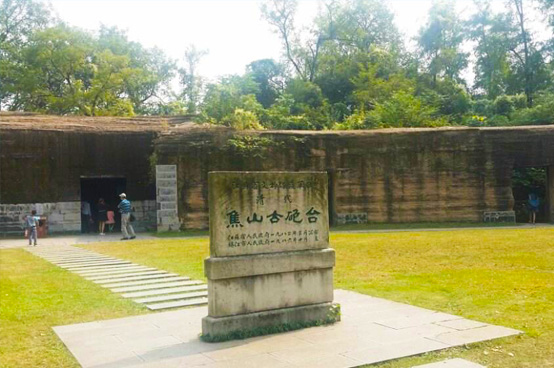
Maoshan Mountain sits like a green-black dragon lying amongst 5 counties. The Jurong Maoshan Mountain Scenic Area (句容茅山景区) near Zhenjiang boasts magnificent natural sceneries and verdant rolling hills. The highest placed statue of Lao-tzu is currently worshiped in this birthplace of the Shangqing Sect of Taoism. The forest is a unique cultural landscape that is not only a Taoism holy land, but also is integrated with revolutionary history as a part of it served as an anti-Japanese base during the war. Here, visitors can immerse themselves in China’s rich past and glorious natural sceneries.
